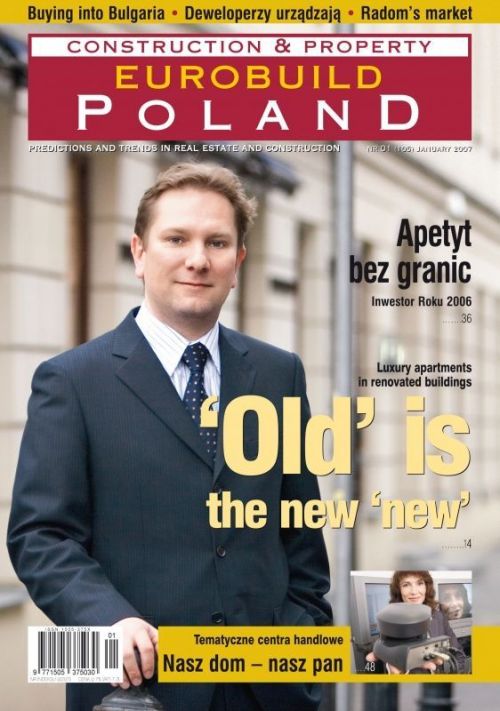Even so, other cities still have reasons for envying Radom. It is only 100 km from Warsaw, is situated in the centre of the country and has a large number of educated workers. The Radom University of Technology had almost 500 academic staff in late 2005 and a campus of almost 15,000 students. Added to this are the 20 other schools of higher education, including many external departments of Warsaw and Lublin colleges. But the prospects for the graduates of these institutions, however, are distinctly gloomy, with average salaries in Radom being not only lower than in Warsaw, but also than those for Mazovia as a whole.According to Dorota Flak, an analyst in the research and consultancy department of agents King Sturge, who herself hails from Radom: “The city has the largest jobless rate among centres of a similar size in Poland and one of the largest in the whole country.”Something for industry Alina Kornafel, assistant to the president of the board of Jadar Techmatic states






























































